Tube feeding at at school allows your child to participate in school activities while receiving food and hydration. There’s a lot to think about to ensure safe and adequate delivery of nutrition at school. Staff should know how to care for and use the tube, troubleshoot common problems and plan for emergencies. Planning ahead can also ensure that your child gets the most out of each school day.
8 Tips for Tube Feeding at School
1. Plan to Limit Time Spent Away from Class Activities
- You don’t want your child to miss anything important. Try to use breaks, restroom time or natural transitions between activities to provide tube feeding care.
- Work with your child’s teacher to find a time to administer formula, water and medications that doesn’t interfere with classroom time. This also goes for checking the tube or changing the dressing.
- Be sure to include these types of details in your child’s IEP or 504 plan.
2. Designate a Location to Administer and Store Tube Feeding
- Make sure there is adequate space in a clean, dry, room temperature environment for unopened liquid formula and supplies.
- Allow for privacy when using or caring for the tube. Designate a space that is not a bathroom stall.
- Make sure the school has a refrigerator where opened formula containers can be stored. If this isn’t available, send you child to school with an insulated lunch bag or cooler.
3. Provide Education on Tube Feeding at School to School Staff
- Build your child’s tube feeding needs into the IEP or 504 plan.
- Provide detailed instructions and important information that school personnel should know. Make this information easy to access by keeping it all in one place, such as a Care Manual, or notebook. You might need to provide more than one copy for teachers, the school nurse, the Principal or others.
4. Make Sure There’s a Plan for Continued Monitoring
- School personnel, such as teachers, aids and the school nurse should be aware of potential complications of tube feeding. Provide a list of common issues, such as a clogged or dislodged tube, gastrointestinal intolerance, or skin issues. Caregivers should know how to recognize symptoms and know how to resolve or who to call when an issue arises.
- Provide contact numbers for whom to call in an emergency or for questions about your child’s care. Include this information in your child’s IEP/504 plan.
Common Gastrointestinal Issues Related to Tube Feeding:
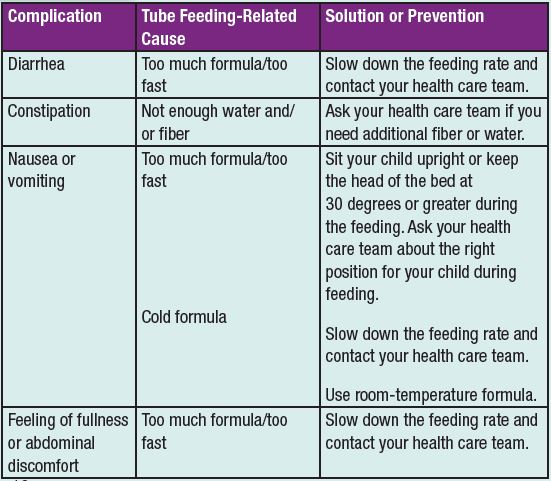
5. Provide an Emergency G-tube Kit:
- Instructions for what to do if the tube falls out or balloon malfunctions
- Skin-friendly tape to secure a tube with a malfunctioning balloon
- Backup G-tube (same size or a size smaller than the current tube)
- 5-10mL luer slip tip syringe to inflate/deflate balloon
- Packets of water-soluble lubricant
- Extension set (if applicable)
- 60mL enteral syringe
- G-tube information (brand, type, Fr size, Length in cm, amount of water to fill the balloon, date of placement)
- Emergency contacts for family/caregiver and doctor/nurse
6. Plan for Participation in Physical Education, Sports and Play
- Check with the doctor to for any precautions related to activities.
- Make sure the tube is secure when your child plays or takes part in physical activities.
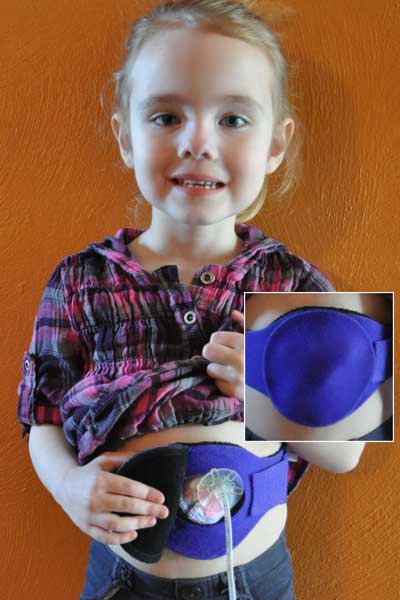
7. Plan for Emotional and Social Support
- Even if your child does not eat by mouth, snack and meal times can be important for socialization. Make sure school personnel include your child in these activities, if appropriate. If your child and caregivers feel comfortable, they might even administer formula or water during this time – another potential opportunity to promote normalization of tube feeding among your child’s peers.
8. Arrange for Education of Peers
- Providing some basic info to your child’s classmates can encourage acceptance of any perceived differences. Let your child show the tube and answer questions if he’s comfortable. Discuss with the teacher ahead of time and plan a short presentation on why some children need a tube to eat.Feeding
- Feeding Tube Awareness has a presentation on tube feeding at school you can adapt or use at your child’s school.
- Let your child and his classmates practice caring for the tube on a doll or stuffed animal that has a real or pretend feeding tube. Medical play is an important way for children to learn about procedures that they or their friends undergo.
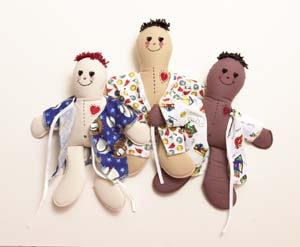










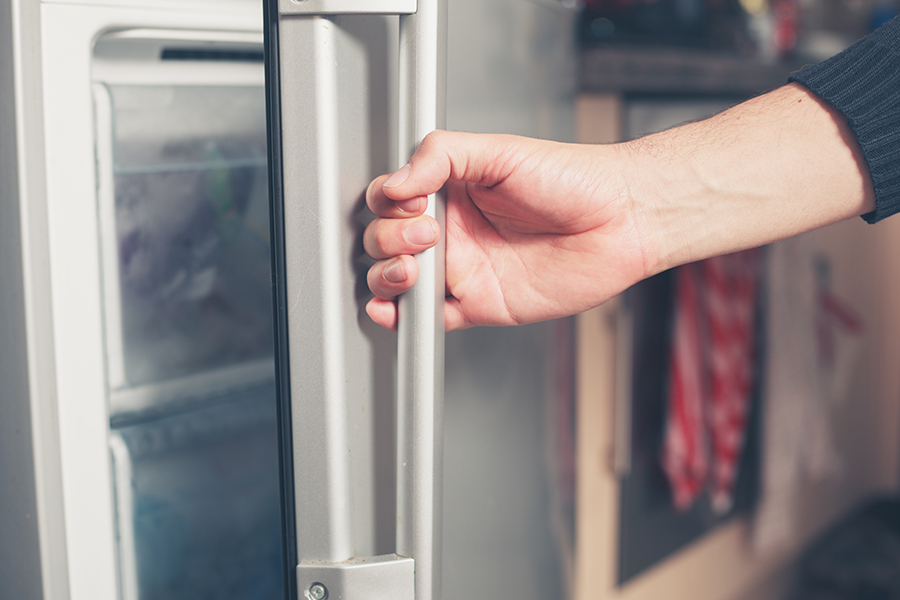

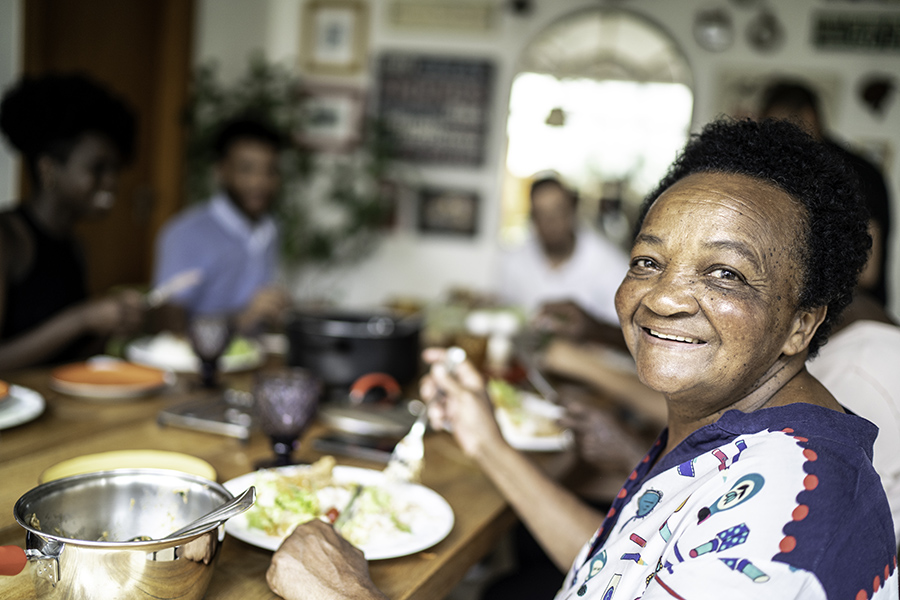
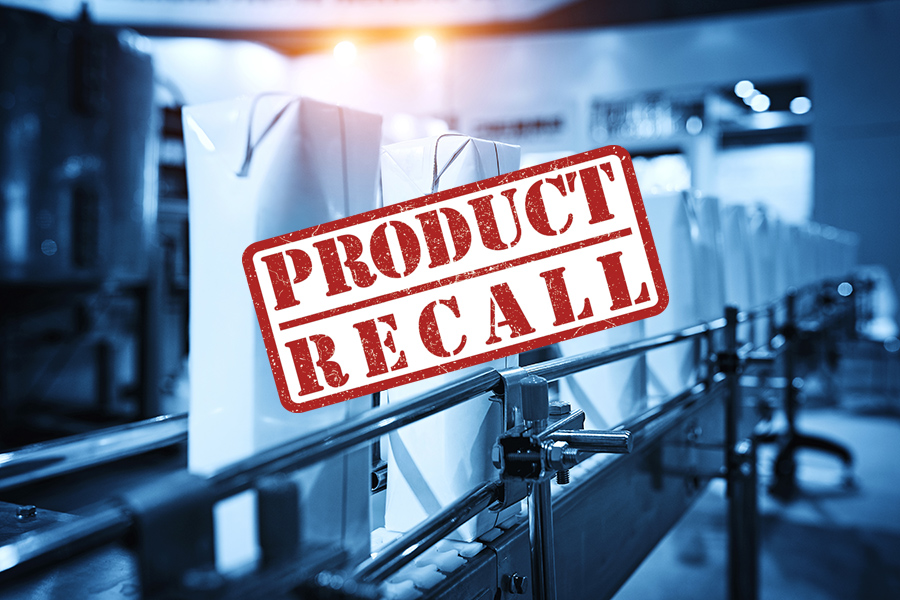


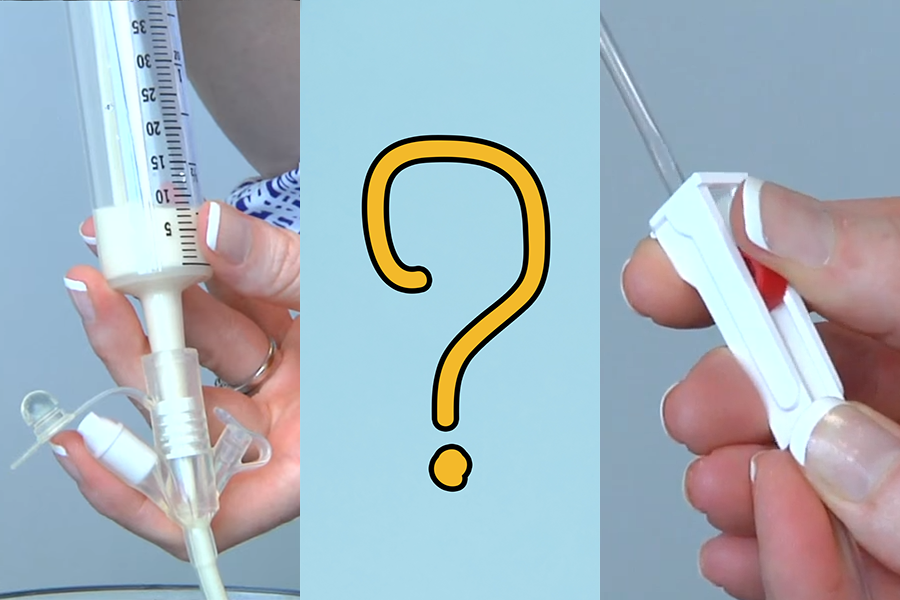


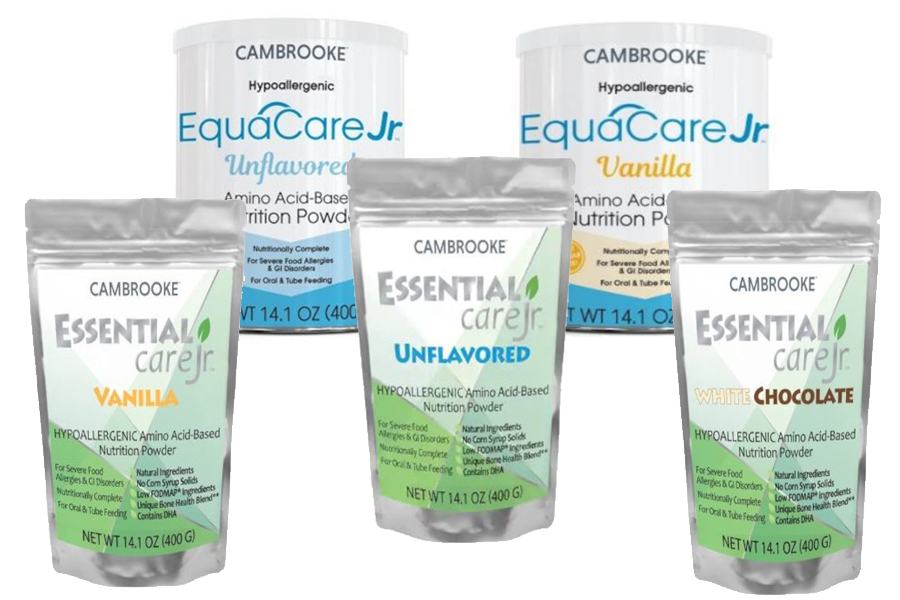
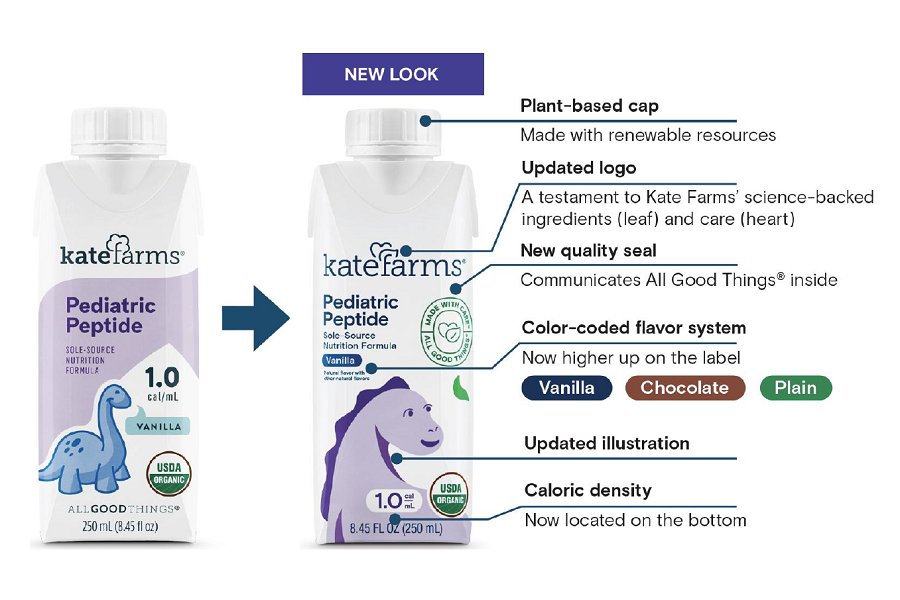

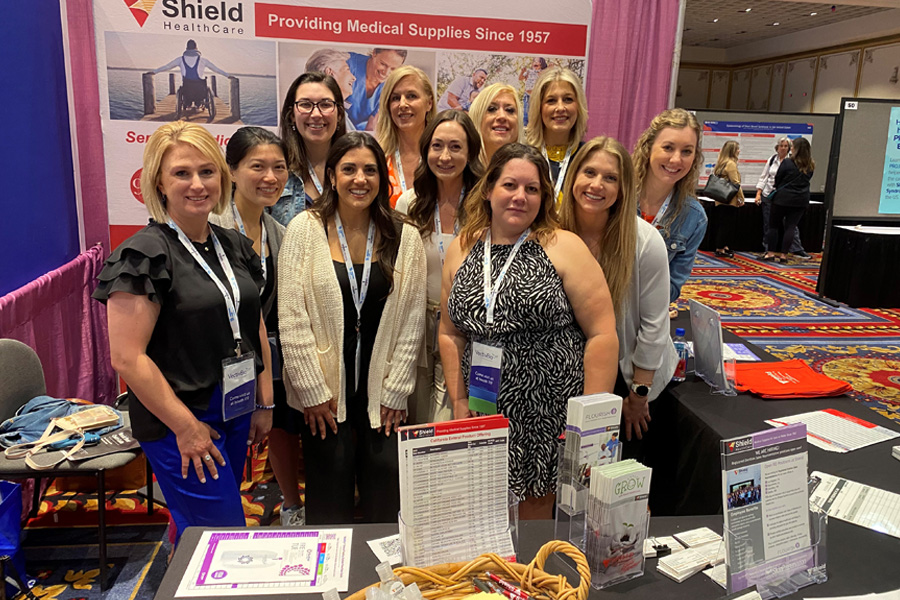


How do I get a g-tube “belt” as pictured in blue and worn by the little girl?
Hi Kara,
Our son is 14 and just got his tube in January of 2018. He was very concerned about leaving the house and having someone bump into his abdomen, causing pain where his tube is. We chose the Benik belt because of the optional hard cover. I had to get my doctor to write a prescription for exactly that belt. It then went to case review at the insurance company. I stayed on top of the process by calling every other day. Our medical supply company was excited and ready to fill his order as soon as the insurance company approved. Be tenacious and keep fighting to advocating for your child’s needs. Best Wishes!!!